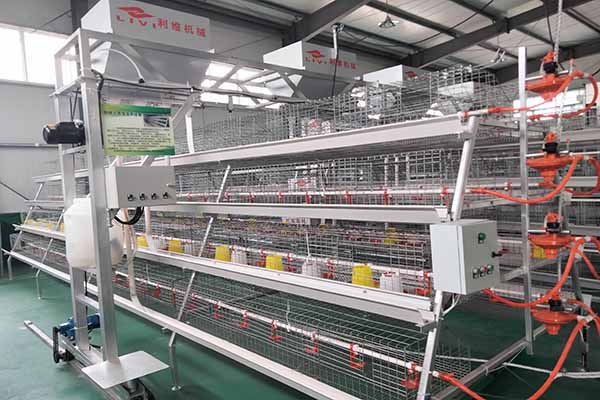
In today’s competitive global egg market, farmers face mounting pressure to reduce labor costs while improving flock health and space utilization. Traditional cage systems often fall short in scalability, hygiene, and automation—leading many progressive producers to adopt the H-frame layer chicken cage structure as a modern solution.
A 2023 study by the International Poultry Association found that farms using outdated multi-tier cages spent an average of 40% more on labor per hen annually compared to those with optimized layouts. Manual egg collection and waste removal not only slow down operations but also increase disease risk due to inconsistent cleaning schedules.
| Farm Type | Avg. Labor Cost/Hen/Year (USD) | Egg Collection Time/Day (min) |
|---|---|---|
| Traditional Multi-Tier | $1.80 | 60–90 |
| H-Frame with Automation | $1.05 | 15–25 |
The H-shaped design isn’t just about aesthetics—it’s engineered for practicality. With vertical stacking at optimal angles, each tier allows easier access for feed delivery, water maintenance, and health checks without compromising airflow or bird comfort.
One case from a 12,000-hen farm in the Netherlands reported a 30% reduction in daily labor time after switching to H-frame cages integrated with automatic egg belts and conveyor-based manure removal. The system also reduced ammonia levels by up to 25%, directly improving respiratory health in laying hens.

Modern H-frame systems are designed for seamless integration with smart poultry management software. Sensors monitor temperature, humidity, and egg output in real-time, allowing remote adjustments to lighting and ventilation schedules based on actual flock behavior—not guesswork.
For example, a Brazilian operation saw a 12% increase in egg production within three months post-installation, attributed to better environmental control and reduced stress during peak laying periods.
If you're evaluating how to upgrade your current setup—or considering a new build—our team has compiled a free “Smart Cage Layout Planning Template”, including space optimization formulas, equipment selection guidelines, and installation checklists tailored to different farm sizes.

